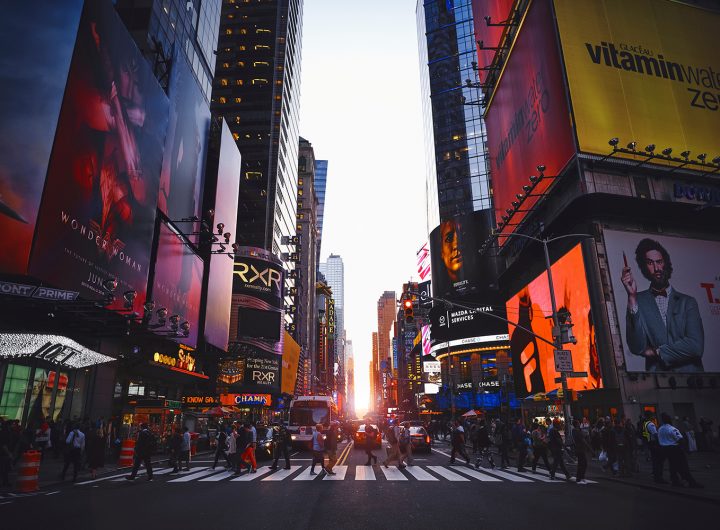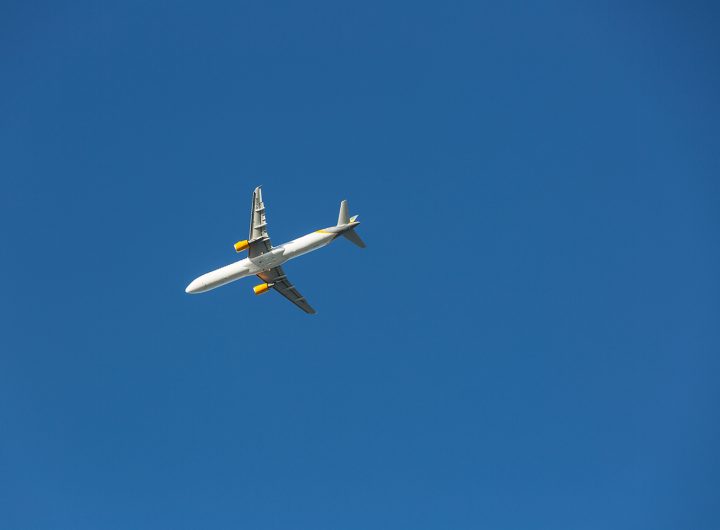- This topic is empty.
-
AuthorPosts
-
26/06/2025 at 11:39 #7308
When it comes to construction materials, corrugated metal has gained significant popularity due to its durability, lightweight nature, and versatility. However, a common concern among builders, architects, and homeowners alike is whether corrugated metal rusts. This question is crucial, especially when considering the longevity and maintenance of structures made from this material. In this post, we will delve into the factors influencing the corrosion resistance of corrugated metal, the types of coatings available, and best practices for maintenance to ensure its longevity.
The Nature of Corrugated Metal
Corrugated metal typically consists of steel or aluminum that has been shaped into a series of ridges and valleys. This design not only enhances its structural integrity but also allows for efficient drainage of water, reducing the likelihood of standing water that can lead to rust. However, the susceptibility to rusting largely depends on the base metal used and the environmental conditions it is exposed to.
Does Corrugated Metal Rust?
1. Base Material Matters:
– Steel: Standard steel, when exposed to moisture and oxygen, is prone to rusting due to the formation of iron oxide. This process accelerates in the presence of saltwater or acidic environments, which can be a concern in coastal areas or regions with high humidity.
– Aluminum: On the other hand, aluminum is naturally resistant to corrosion. When exposed to air, it forms a protective oxide layer that prevents further oxidation. Thus, corrugated aluminum metal is less likely to rust compared to its steel counterpart.2. Protective Coatings:
– To enhance the corrosion resistance of corrugated steel, manufacturers often apply protective coatings. Common options include:
– Galvanization: This process involves coating steel with a layer of zinc, which acts as a sacrificial anode. Even if the zinc layer is scratched, it will corrode before the underlying steel, significantly extending the lifespan of the metal.
– Polyester and PVDF Coatings: These paint-like finishes provide an additional barrier against moisture and environmental pollutants. They are particularly effective in urban areas where pollution can accelerate corrosion.
– Aluzinc Coating: A combination of aluminum and zinc, this coating offers superior corrosion resistance and is ideal for environments with high humidity.Environmental Factors Influencing Rust
The likelihood of rusting in corrugated metal is not solely dependent on the material and coatings used; environmental factors play a significant role as well. Here are some key considerations:
– Humidity Levels: High humidity can lead to condensation on metal surfaces, creating an environment conducive to rust formation. Regular inspections and maintenance can help mitigate this risk.
– Exposure to Salt: In coastal areas, salt from seawater can significantly accelerate the rusting process. Using galvanized or aluminum corrugated metal can provide better protection in these environments.
– Temperature Fluctuations: Rapid temperature changes can cause condensation, leading to moisture accumulation. Proper ventilation and insulation can help reduce this risk.Maintenance Best Practices
To ensure the longevity of corrugated metal structures, regular maintenance is essential. Here are some best practices:
1. Routine Inspections: Regularly check for signs of rust, especially in areas where water may accumulate. Early detection can prevent more extensive damage.
2. Cleaning: Remove dirt, debris, and organic materials that can retain moisture. A simple wash with water and mild detergent can help maintain the protective coatings.
3. Reapplication of Coatings: Over time, protective coatings can wear off. Reapplying these coatings can significantly extend the life of corrugated metal.
4. Proper Installation: Ensure that corrugated metal is installed correctly, with adequate drainage and ventilation to minimize moisture retention.Conclusion
In conclusion, while corrugated metal can rust, its susceptibility largely depends on the base material, protective coatings, and environmental factors. By understanding these elements and implementing proper maintenance practices, builders and homeowners can significantly enhance the durability and lifespan of corrugated metal structures. Whether you are considering corrugated metal for roofing, siding, or other applications, being informed about its properties and care can lead to more sustainable and cost-effective choices in construction.
-
AuthorPosts
- You must be logged in to reply to this topic.

 Google hit with record EU fine over Shopping service
Google hit with record EU fine over Shopping service  Business booming for giant cargo planes
Business booming for giant cargo planes  Trump-Putin: The understandable story
Trump-Putin: The understandable story